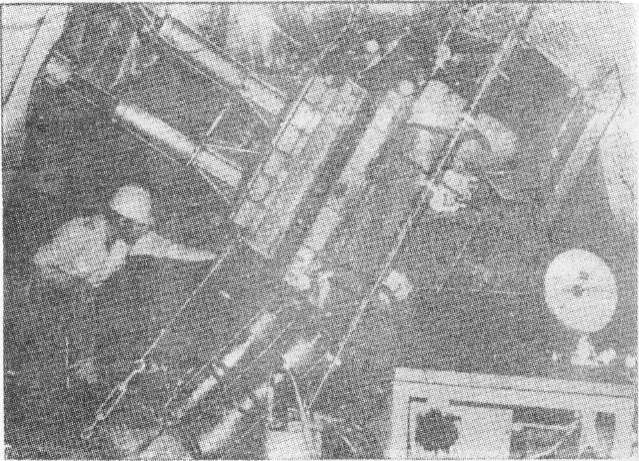
Responsibility
In general, the responsibility for getting a good site investigation rests squarely on the consulting engineer. This is a point emphasised not only by the shift of responsibility from the site investigation contractor to the consulting engineer, for the correct¬ness of any information included in the recent 5th edition of the ICE Condi¬tions of Contract, but also stated repeatedly by people of otherwise different viewpoints within the indus¬try.
Bob Curtis is an ex-Frankipile man, now established as a foundation specialist—a site investigation con¬sultant. That independent specialists are emerging indicates that we are beginning to move in the right direction to achieve an overall higher standard of site investigation. The only alternative is for con¬sulting engineers to have their own geotechnic divis¬ions. More specialisation in this field is needed, how soon it arrives depends upon the importance attached to, the subject.
Curtis is usually com¬missioned by a structural consulting engineer who realises he is out of his depth with soils, but who is perhaps reluctant to give the site investigation com¬pany a free hand, and what could virtually amount to an open cheque, to do the work. Is it therefore possible to assume that with the arrival of the specialist con¬sultant—who has really to grow to some size to offer the best serivce—the way is open to sweep aside tendering and put an end to bad site investi¬gations?
Unfortunately not. As Curtis rightly says, it is not those who realise they are out of their depth in soils work and seek a specialist consultant who are the problem. It's those who don't. This view was endorsed by others, and Arup says that unless there is a specialist consultant involved, you will get people specifying the tender who don't fully understand the prob¬lem. Incidentally, Arup sees a split consultancy fee as inevitable because of the growing number of organisations who can do part but not all of the work.
Good investigations
To return to the question of how to get a good site investigation, enlight¬ened engineers put forward broadly the same recommendations. Bob Curtis: "Firstly, site investiga¬tions are often inadequate. They follow a pattern which seems to point to little imagination on the part of the consultants and companies. "There should always be a very simple initial test to establish the soil profiles, and a study made of the local geological records to tell you whether you need piles. The next stage is to determine any particular problems associated with the founda¬tions to be used, with the final stage being the full-scale investigation. "At the moment, consulting engineers tend to specify site investigations along set lines with no degree of flexibility, but they should be able to amend at any stage with the object of producing a flexible and economic design.
"The site investigation should be commissioned in controlled stages, each stage depending on what went be¬fore. It may well, therefore, consist of a series of con¬tracts. Only after the final tests are complete and results available should the foundation design be started. At the moment, the design is often running con¬currently with the investi¬gation."
 Brian
Wareham, geologist with Rock Mechanics, an associate company of Soil
Mechanics, puts a similar view. "The real way is a step-by-step
approach to the particular problem, with the first stage done really
early on, and not when the building design is out."
Brian
Wareham, geologist with Rock Mechanics, an associate company of Soil
Mechanics, puts a similar view. "The real way is a step-by-step
approach to the particular problem, with the first stage done really
early on, and not when the building design is out."
On his own speciality, Wareham says that the true value of geophysics is to provide an indication—not a precise picture—of what lies below, to enable boreholes to be put down at the rele¬vant points. Geophysical results con¬tribute to that feel for the site.
